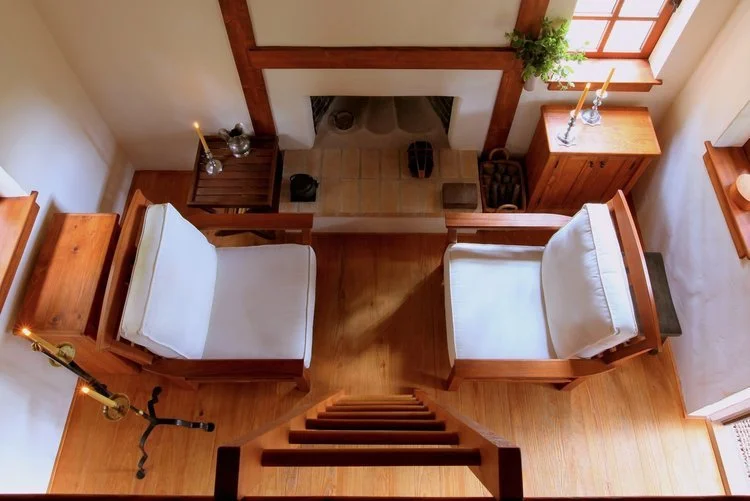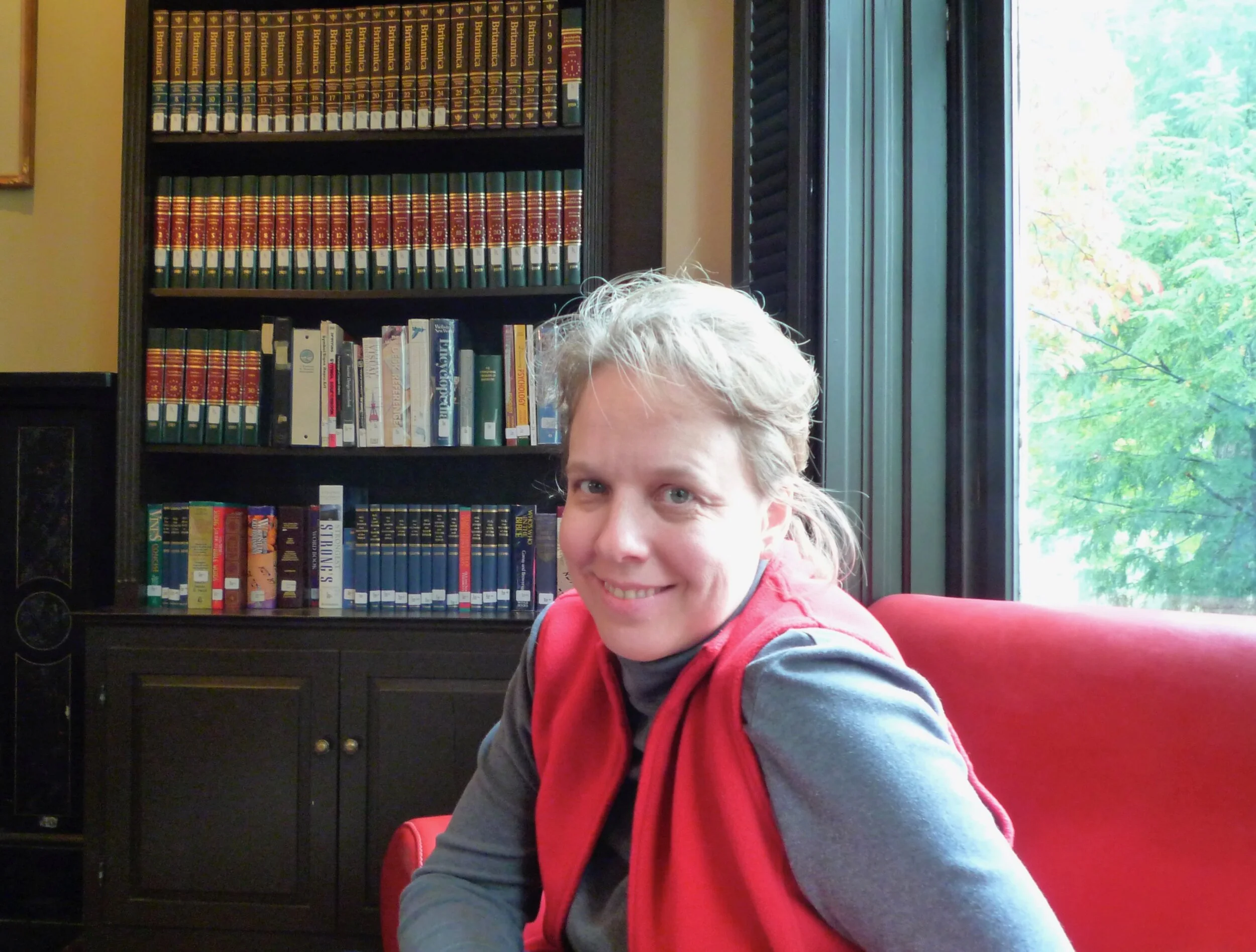Our journey is continuing as the time has come for us to move from our current home. And in anticipation of moving Linda and I have conducted a couple necessary purges of our possessions. It is funny to think that more than a dozen years after embarking on our minimalist journey we still periodically face the need to pare down our stuff, especially when it is time to find a new place to live. Yet living lightly is our adopted lifestyle and it enables us to move at will.
We have a couple different sets of friends who used to live long term on boats of one size or another and they both attest to the need to live lightly in such relatively compact quarters. I even wrote about this issue in an earlier post titled Jettison the Cargo. Suffice it to say that living on a boat is not the norm but there are lessons we can glean from it, namely the practice of prioritizing one’s possessions.
“I have purged the boat of everything superfluous…I am obsessed by this program of material reductions, but not because I’m trying to prove anything. It’s simply a matter of practicality: the less I have in the boat the more room there is for me to live in it,” states Nathaniel Stone, author of On the Water: Discovering America in a Rowboat. “The uselessness of any object begins to annoy me, and I am soon burdened not only by its weight, but perhaps more so by its mere presence, and the decision to expel it is elating.”
And as Louise Dickinson Rich writes in We Took To The Woods, “We don’t have to discuss what we’ll take with us when we leave. That was all decided long ago…The typewriters (which are our living), an envelope containing birth certificates, will, deeds, and other documents…It’s very illuminating to have to make a list, which you will very possibly have occasion to use, of the things you’d save in an extremity. It reduces one’s material possessions to their proper place.”
Twice we have moved between states with everything we own packed into our not-so-large vehicles and each time it was supremely liberating to unpack and move into our new home unencumbered by the weight of extraneous possessions. Granted, most of our moves to date have been to furnished places and for our last couple of moves we needed to buy furniture but we are contemplating the sale of it yet again in order to make our move less stressful.
Whether you and I live in the woods, on a boat, or somewhere else entirely, we nonetheless need to deal with the weight of our possessions sooner or later. As a case in point, my birth father died earlier this week and after living close to a century all he left behind is a few changes of clothes and a handful of mementos. As the saying goes, “you can’t take it with you,” and learning to lighten our load helps us keep the proper perspective about stuff in our lives. What is more, living lightly in the present frees us to focus on much weightier matters instead.
















